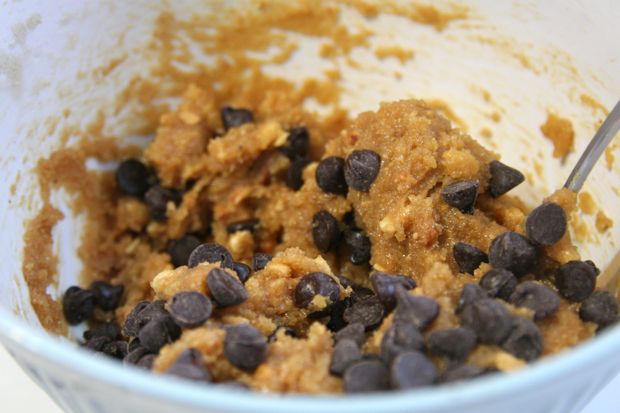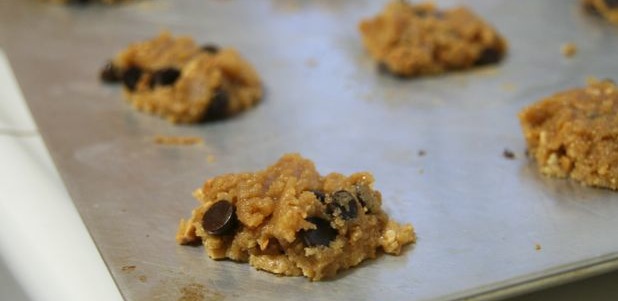
So I did a little research and discovered some interesting news about how to reduce sugar in baking goods. For a quick 101 go here. The bottom line: You can generally reduce sugar in baked goods by 1/4 to 1/3 without compromising the texture, ability to rise or moisture. The only change will be a slight decrease in sweetness. Now there are some exceptions to this general rule but it’s so uncommon that you can feel free to apply to the majority of your recipes without worry. I decreased the sugar in the recipe on the side bar from 1 cup to 3/4 cup with no disasters. The recipes you should not mess with sugar amounts are the following: yeast products, pickles, jellies and most candies.

You will notice that Heidi (101cookbooks.com) substitutes maple syrup and olive oil for butter and sugar but has a lot more flour in the recipe. The added moisture is compensated for by the increase in dry ingredients. This is a great trick, much harder to master and find the right portions, for substituting sugar for fluid sweetener.

When making breads, muffins or other “cake-like” baked goods that call for fruits you can often decrease the sugar by 1/2 as long as your fruit is sufficiently sweet such as a very ripe banana or sweet variety of apple. Just compensate for the decrease in dry goods with 1/4 more flour.

It’s also a fictional belief that brown sugar is better for you than white. Most brown sugar sold in the United States is just white sugar with molasses added. While the molasses adds an iron content, it is not a “better” sugar. Neither is agave or most artificial sweeteners. The only “better” substitutes for sugar are maple syrup and honey but they still contains similar properties to white sugar in that they are a glucose. The reason they are considered “better” is because they are released into your bloodstream and body at a much slower rate and thus does not have a significant effect on your mood or hunger in the same way as white sugar.

Now for the recipe. Preheat oven to 350 degrees. In medium bowl, mix peanut butter with sugar, baking soda and egg. Stir in chocolate chips. Roll Tbsp of dough on cookie sheet and press with fork on top to get cross hatches. Bake for 15 minutes, rotating halfway through. Cool on wire rack. These cookies were crunchy and sweet. For a softer cookie, try Heidi’s recipe Peanut Butter Cookies” title=“here”>here.
